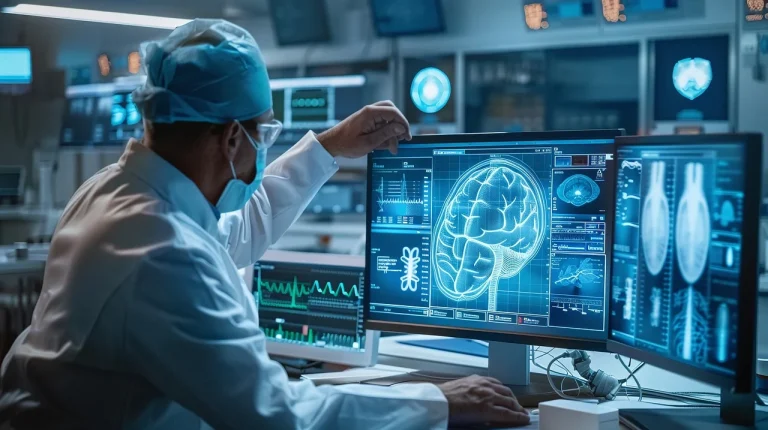Diagnostic imaging is a vital part of modern medicine. It helps in detecting conditions accurately and swiftly. But, there are ways to make it even better. Streamlining processes in diagnostic imaging means faster, more reliable results. By refining workflows, we can ensure efficiency without compromising quality. In places like nuclear medicine Colorado, efforts to optimize imaging processes are leading to significant improvements. Let’s explore how these refined approaches can enhance patient care.
Understanding Diagnostic Imaging
Diagnostic imaging includes methods like X-rays, MRI, and ultrasound. These tools allow doctors to see inside the body without surgery. It’s like having a window to view what’s happening inside. This ability to observe internal structures helps in making accurate diagnoses and crafting effective treatment plans. However, the traditional processes can sometimes be slow or inefficient.
Benefits of Streamlining
By streamlining imaging processes, we can enjoy several benefits:
- Reduced waiting times
- Improved patient satisfaction
- Better resource management
These benefits not only improve patient care but also enhance the work environment for healthcare professionals. Streamlined processes mean less stress and more focus on providing quality care.
Techniques for Streamlining
Several techniques can help in making diagnostic imaging more efficient:
- Automation: Implementing automated systems for scheduling and image processing can save time and reduce human error.
- Standardization: Developing standard protocols ensures consistency and quality across different imaging centers.
- Advanced Technology: Using the latest technology can improve image quality and speed up the diagnostic process.
Each of these techniques requires careful planning and execution. With the right strategy, healthcare facilities can see significant improvements.
Challenges in Implementation
Implementing these changes is not without challenges. Issues such as high costs, training needs, and resistance to change can hinder progress. However, addressing these challenges through careful planning and communication can lead to successful implementation.
Case Study: Nuclear Medicine Colorado
In Colorado, nuclear medicine has seen notable advancements in streamlining processes. By adopting automation and standardization, facilities have reduced turnaround times and improved diagnostic accuracy. This commitment to efficiency has set a benchmark for others to follow.
Comparison of Traditional vs. Streamlined Processes
| Aspect | Traditional Processes | Streamlined Processes |
| Waiting Time | Long | Short |
| Image Quality | Variable | Consistent |
| Resource Use | Inefficient | Efficient |
Future Outlook
The future of diagnostic imaging looks promising. As technology continues to advance, we can expect even more improvements in efficiency and accuracy. Initiatives by leading institutions like the National Institutes of Health are paving the way for innovations that will benefit both patients and healthcare providers. Embracing these changes will ensure that diagnostic imaging remains at the forefront of medical care.
Conclusion
Streamlining processes in diagnostic imaging offers a clear path to better results. By focusing on automation, standardization, and advanced technology, we can enhance the efficiency and effectiveness of these critical tools. While challenges exist, the benefits far outweigh the difficulties. As we continue to refine these processes, patients and healthcare providers alike will enjoy a more seamless and effective diagnostic experience.

